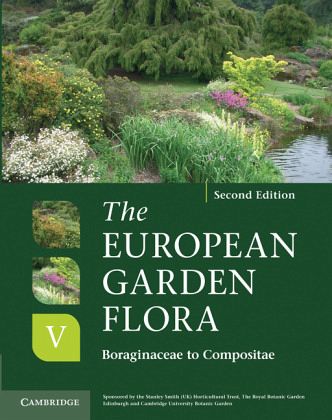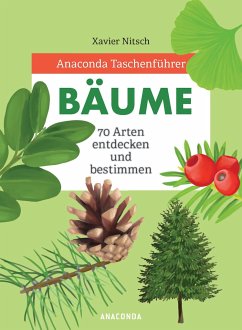
The European Garden Flora 5 Volume Hardback Set
A Manual for the Identification of Plants Cultivated in Europe, Both Out-Of-Doors and Under Glass
Herausgegeben von Cullen, James; Knees, Sabina G.; Cubey, H. Suzanne
Versandkostenfrei!
Versandfertig in über 4 Wochen
1.281,99 €
inkl. MwSt.

PAYBACK Punkte
641 °P sammeln!
The European Garden Flora is the definitive manual for the accurate identification of cultivated ornamental flowering plants. Designed to meet the highest scientific standards, the vocabulary has nevertheless been kept as uncomplicated as possible so that the work is fully accessible to the informed gardener as well as the professional botanist. Comprehensive keys are provided at the level of family, genus and species and line diagrams are included to illustrate the important diagnostic features of critical taxa. Reference is made to useful illustrations and taxonomic accounts and a small amou...
The European Garden Flora is the definitive manual for the accurate identification of cultivated ornamental flowering plants. Designed to meet the highest scientific standards, the vocabulary has nevertheless been kept as uncomplicated as possible so that the work is fully accessible to the informed gardener as well as the professional botanist. Comprehensive keys are provided at the level of family, genus and species and line diagrams are included to illustrate the important diagnostic features of critical taxa. Reference is made to useful illustrations and taxonomic accounts and a small amount of guidance on cultivation is provided for many genera. This new edition has been thoroughly reorganised and revised, bringing it into line with modern taxonomic knowledge. Although European in name, the Flora covers plants cultivated in most areas of the United States and Canada as well as in non-tropical parts of Asia and Australasia.












